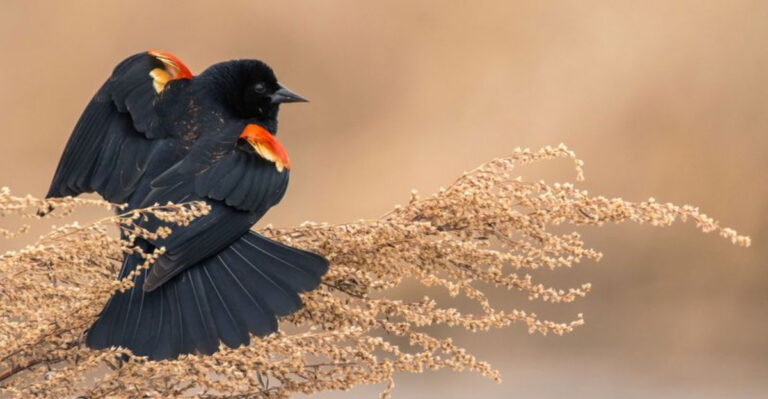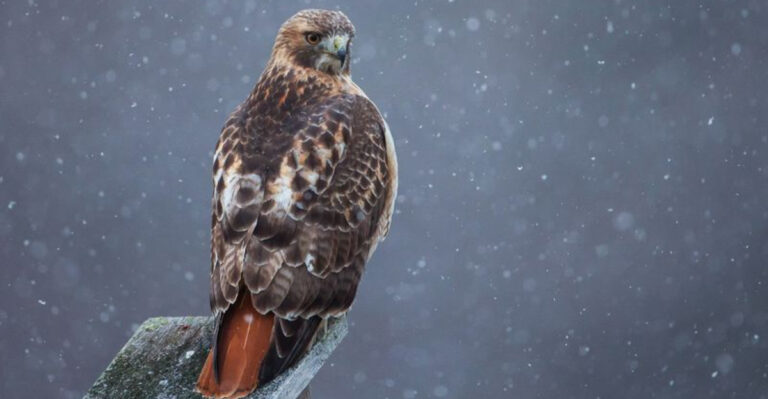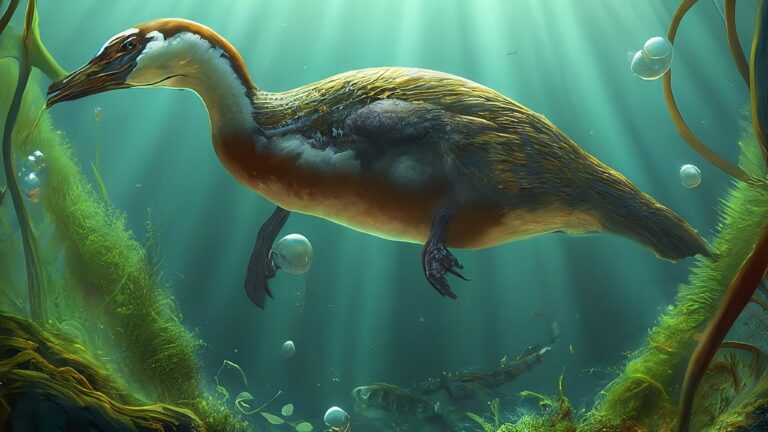13 Ocean Predators Ranked By Danger Level
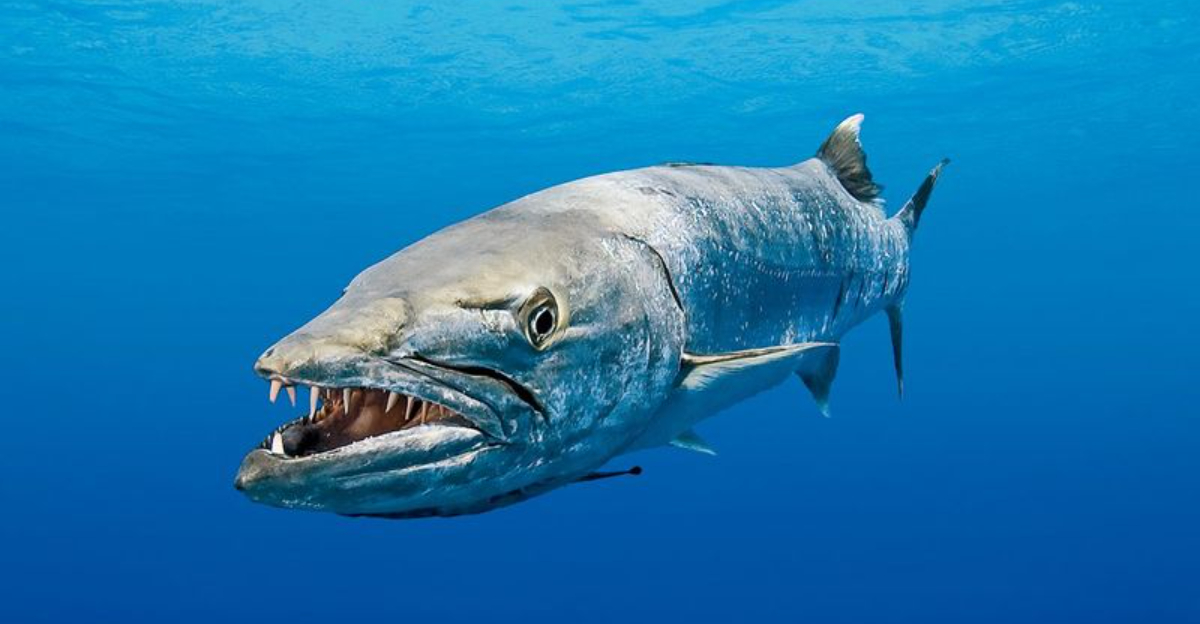
The ocean’s vast blue expanse hides some of Earth’s most formidable hunters. From microscopic venomous creatures to massive apex predators, these marine animals have evolved incredible hunting abilities.
Let’s explore the ocean’s most dangerous predators, ranked by the threat they pose to humans when encountered in their natural habitat.
1. Silent Stinger: Box Jellyfish
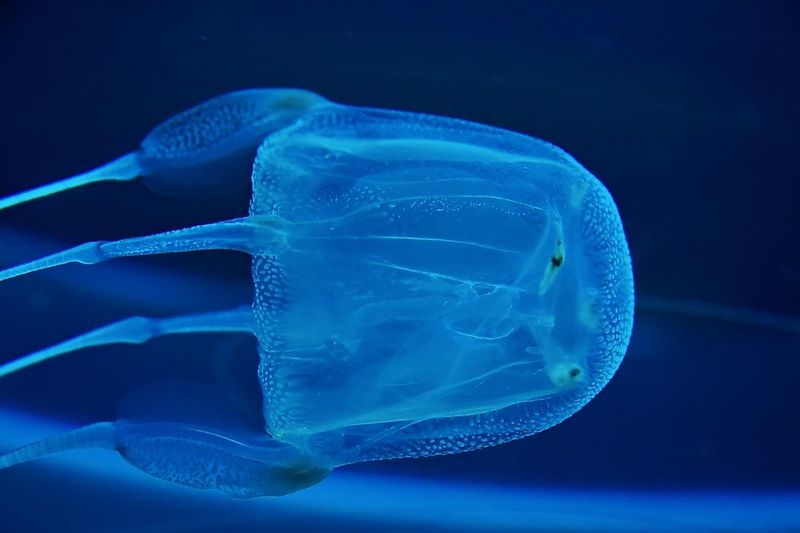
Nearly invisible in water, these gelatinous creatures pack enough venom to harm 60 adults. Their toxin attacks the heart, nervous system, and skin cells simultaneously.
Australian waters harbor these dangerous animals, which have tentacles up to 10 feet long covered with millions of stinging cells. The pain is so intense victims have been known to go into shock and drown before reaching shore.
2. The Ultimate Ocean Hunter: Great White Shark
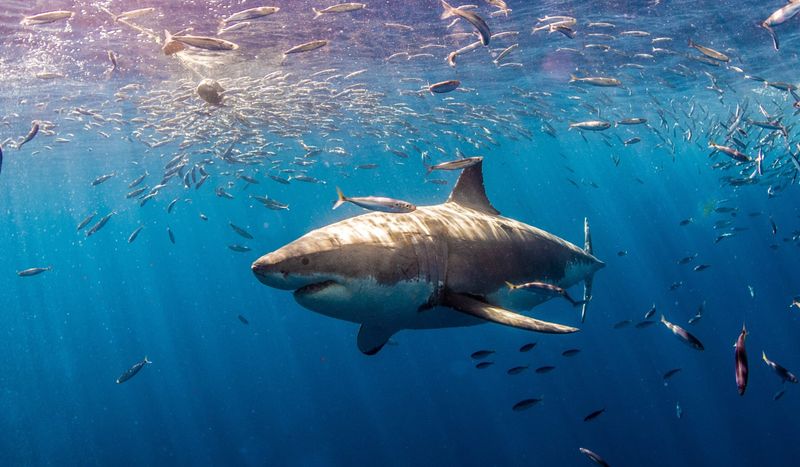
Contrary to their villainous reputation, these massive predators rarely target humans intentionally. Most attacks are investigatory “sample bites” – unfortunately, even a curious nibble can be devastating.
With 300 serrated teeth and a bite force of 4,000 PSI, great whites can detect a single drop of blood from 3 miles away. Despite fewer than 10 fatalities worldwide annually, their power commands respect.
3. River Mouth Ambush Master: Saltwater Crocodile
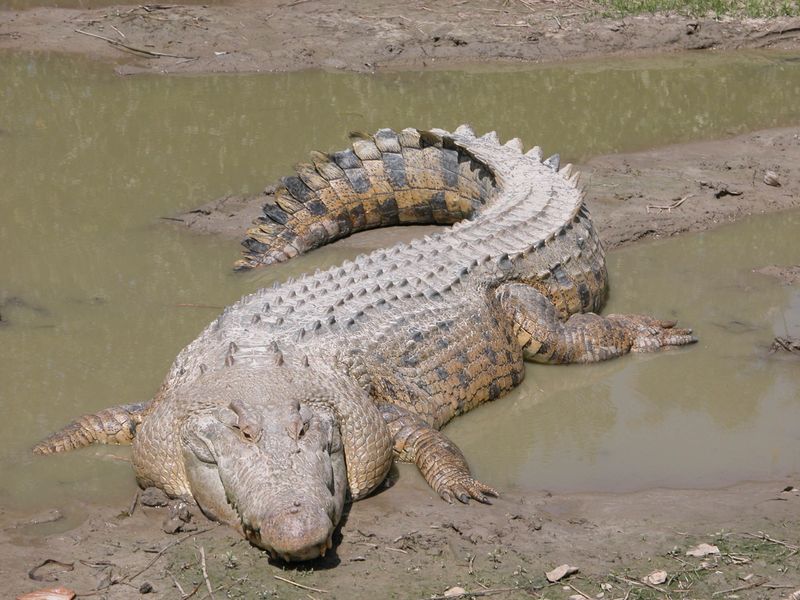
Weighing up to 2,200 pounds with the strongest bite on Earth, these ancient reptiles have remained virtually unchanged for 200 million years. Their hunting strategy? Pure patience.
Salties wait motionless for hours before exploding into action with lightning speed. They claim more human lives annually than sharks, particularly in Australia, Southeast Asia, and India, where they patrol river mouths and coastal areas.
4. Tiny Blue Rings of Death: Blue-Ringed Octopus
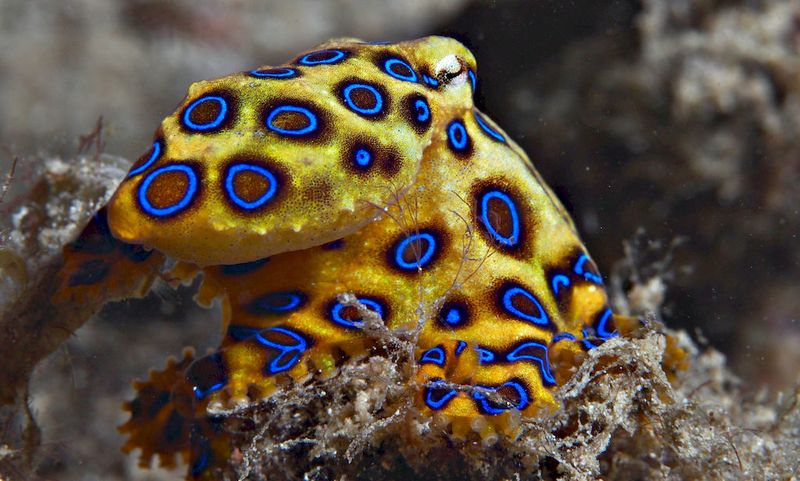
Don’t be fooled by its adorable appearance! This softball-sized octopus packs tetrodotoxin 1,000 times more potent than cyanide. When threatened, vibrant blue rings appear across its yellowish skin as a warning.
No antivenom exists for its bite, which causes paralysis within minutes while victims remain fully conscious. Found in tide pools across the Pacific and Indian Oceans, these creatures are responsible for several human deaths.
5. The Garbage Disposal: Tiger Shark
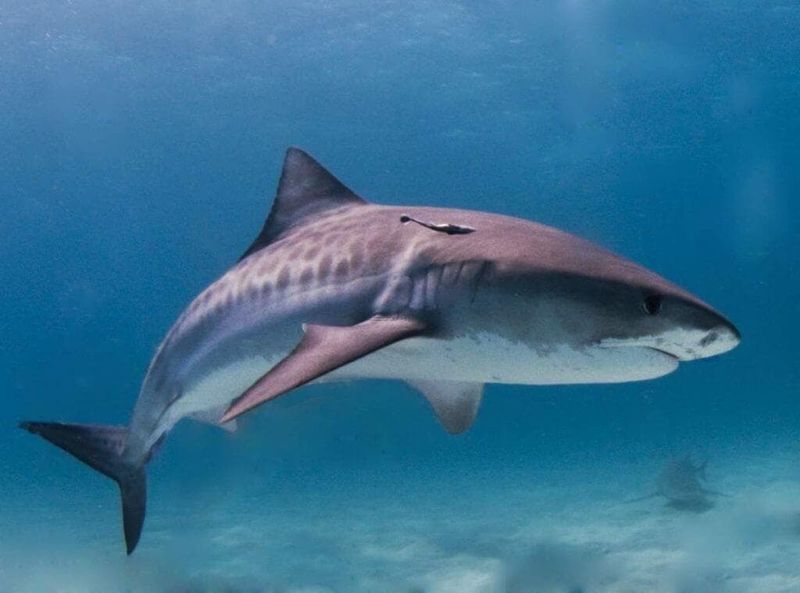
Famous for eating almost anything – license plates, tires, and even suits of armor have been found in their stomachs! These indiscriminate feeders rank second only to great whites in attacks on humans.
Tiger sharks patrol shallow, murky waters where visibility is poor. Their broad diet and curious nature make them more likely to investigate humans with a bite. Those distinctive tiger stripes fade as they mature.
6. Beautiful but Deadly: Cone Snail
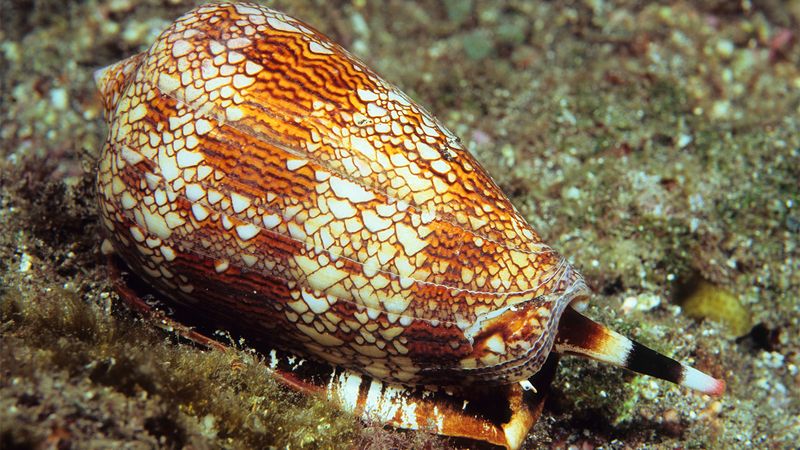
Shell collectors beware! These seemingly harmless mollusks fire venomous harpoons that can penetrate wetsuits. A single strike delivers over 100 different toxins, causing paralysis within moments.
No larger than an ice cream cone, these snails have caused serious harm. Locals in the Indo-Pacific call them “cigarette snails” – legend says that after a sting, you’d only have time to smoke one cigarette.
7. Freshwater’s Fiercest: Bull Shark
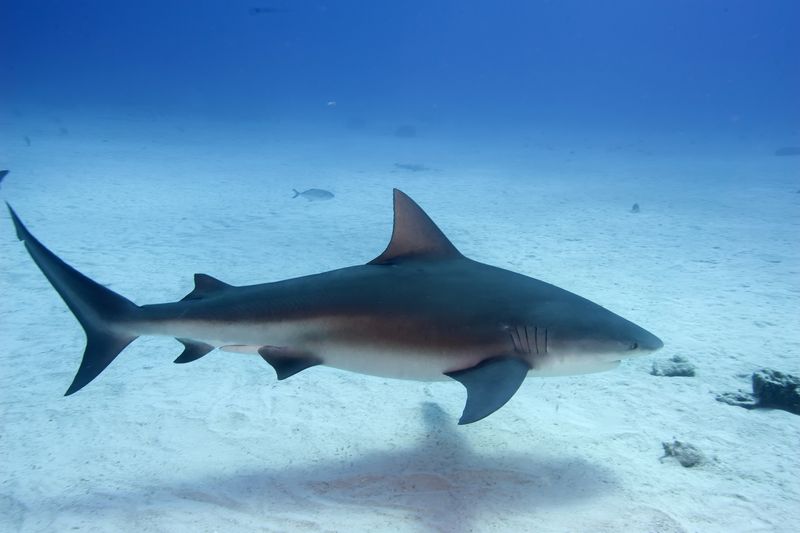
Unlike other sharks, bulls can survive in freshwater by regulating their salt retention. This unique ability lets them swim miles upriver, bringing ocean dangers to unexpected places.
With the highest testosterone levels of any animal and an aggressive temperament, bull sharks often bite first and investigate later. Their stocky build houses powerful jaws that can tear through turtle shells with ease.
8. Floating Terror: Portuguese Man O’ War
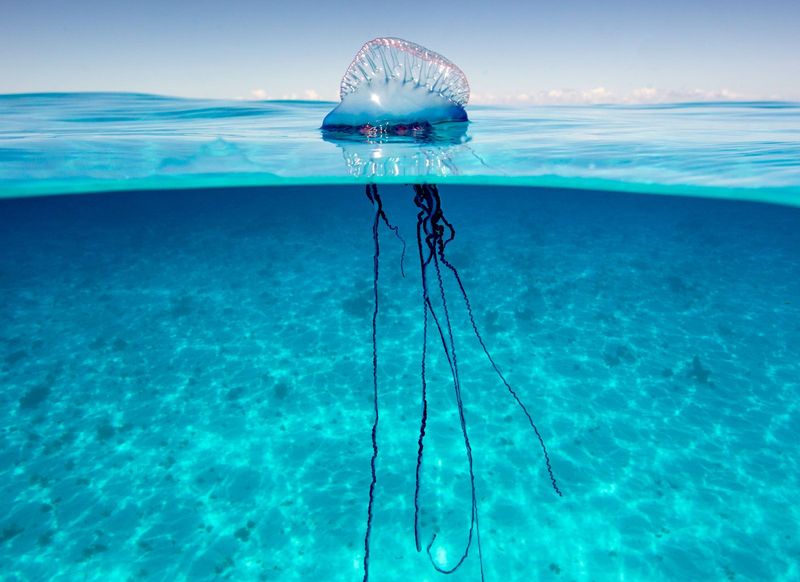
Technically not a jellyfish but a colonial organism made of specialized animals working together! The vivid blue or purple gas-filled float can stretch tentacles 100 feet below, delivering excruciating stings.
Wind-driven across ocean surfaces, these creatures wash ashore in groups, creating beautiful but dangerous beach hazards. While rarely fatal to healthy adults, their venom causes intense pain, welts, and can trigger dangerous allergic reactions.
9. The Tooth-Lined Tunnel: Moray Eel
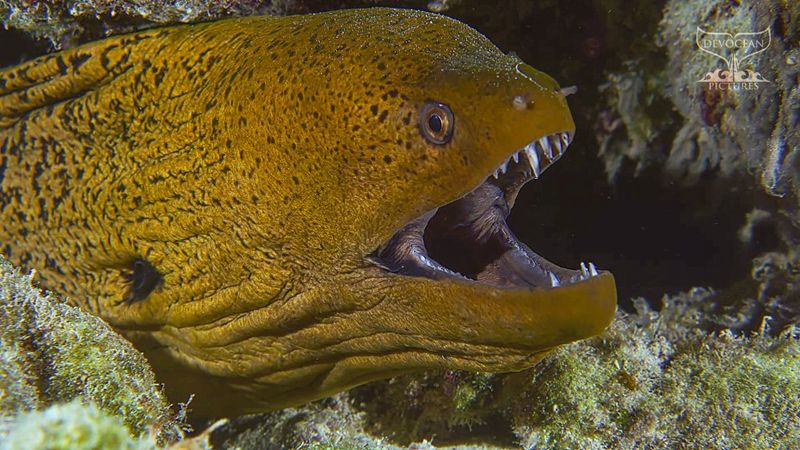
Lurking in rocky crevices with just their heads visible, these creatures sport not one but two sets of jaws! When a moray strikes, its second pharyngeal jaw shoots forward to grab prey and drag it down its throat.
While not typically aggressive toward humans, their poor eyesight means they sometimes mistake fingers for food. Their teeth curve backward, making it nearly impossible to pull away once bitten, and wounds often become infected.
10. Silver Torpedo: Barracuda
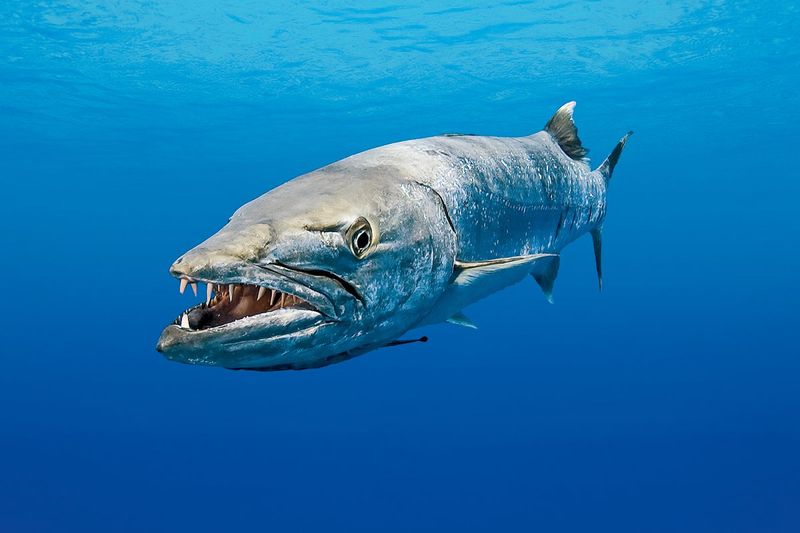
Flashy jewelry and splashing can trigger these torpedo-shaped hunters to attack at speeds of 35 mph! Their needle-sharp teeth and powerful jaws can slice clean through flesh in an instant.
Barracudas possess excellent eyesight and hunt by identifying irregular movements that might signal injured prey. Though attacks are rare, their aggressive strikes and razor teeth can cause devastating injuries when they mistake swimmers for prey.
11. The Intelligent Hunter: Giant Pacific Octopus
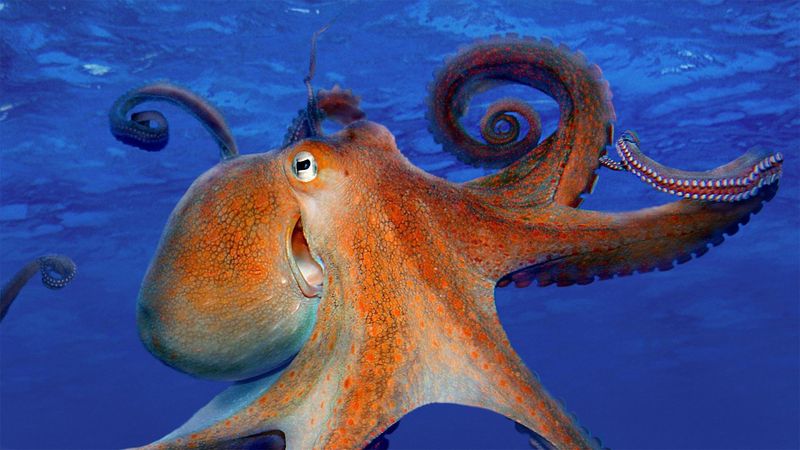
While rarely dangerous to humans, these 16-foot giants possess problem-solving intelligence rivaling that of a three-year-old child! They can unscrew jars, recognize human faces, and use tools.
Their beaks can crack shellfish and deliver a venomous bite if threatened. With three hearts, blue blood, and the ability to change color instantly, these masters of camouflage might not be lethal, but their intelligence makes them formidable predators.
12. Antarctic Assassin: Leopard Seal
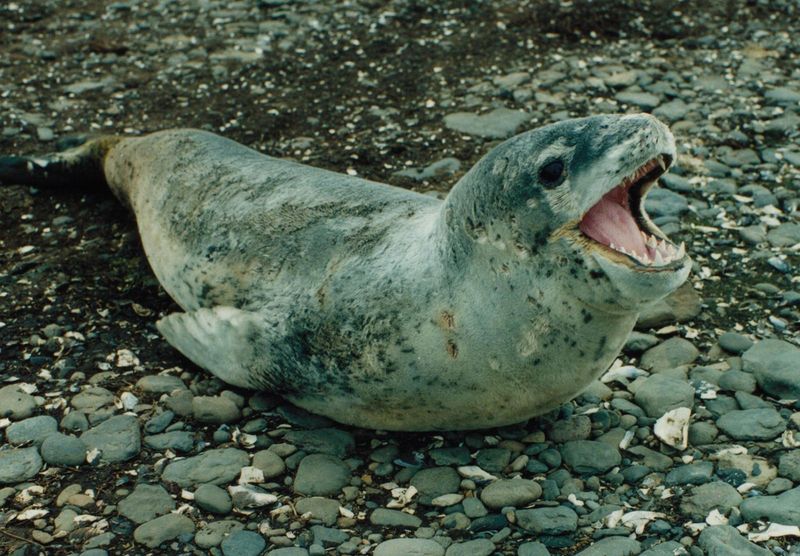
Sporting a reptilian head on a mammalian body, these Antarctic predators have claimed human lives. Their bizarre double-pointed teeth can filter krill and tear penguin flesh with equal efficiency.
Weighing up to 1,300 pounds, leopard seals move with surprising agility both in water and on ice. Territorial and curious, they’ve been known to stalk humans and even attempt to feed penguins to researchers – a misguided attempt at sharing prey.
13. Slithering Sea Danger: Sea Snake
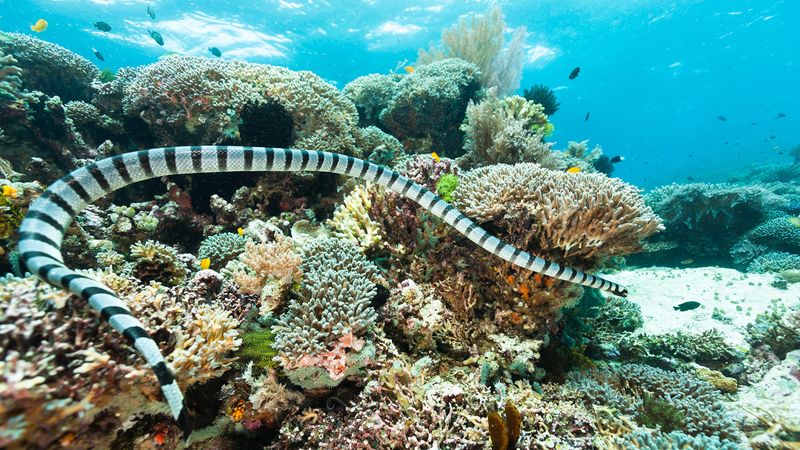
Flattened tails and nostril valves make these reptiles perfectly adapted to aquatic life. Some species possess venom more potent than cobras, though they deliver smaller amounts when biting.
Fortunately, sea snakes are generally docile and their short fangs struggle to penetrate wetsuits. However, species like the beaked sea snake are responsible for more deaths than any land snake, particularly endangering fishermen who handle nets containing these hidden serpents.


